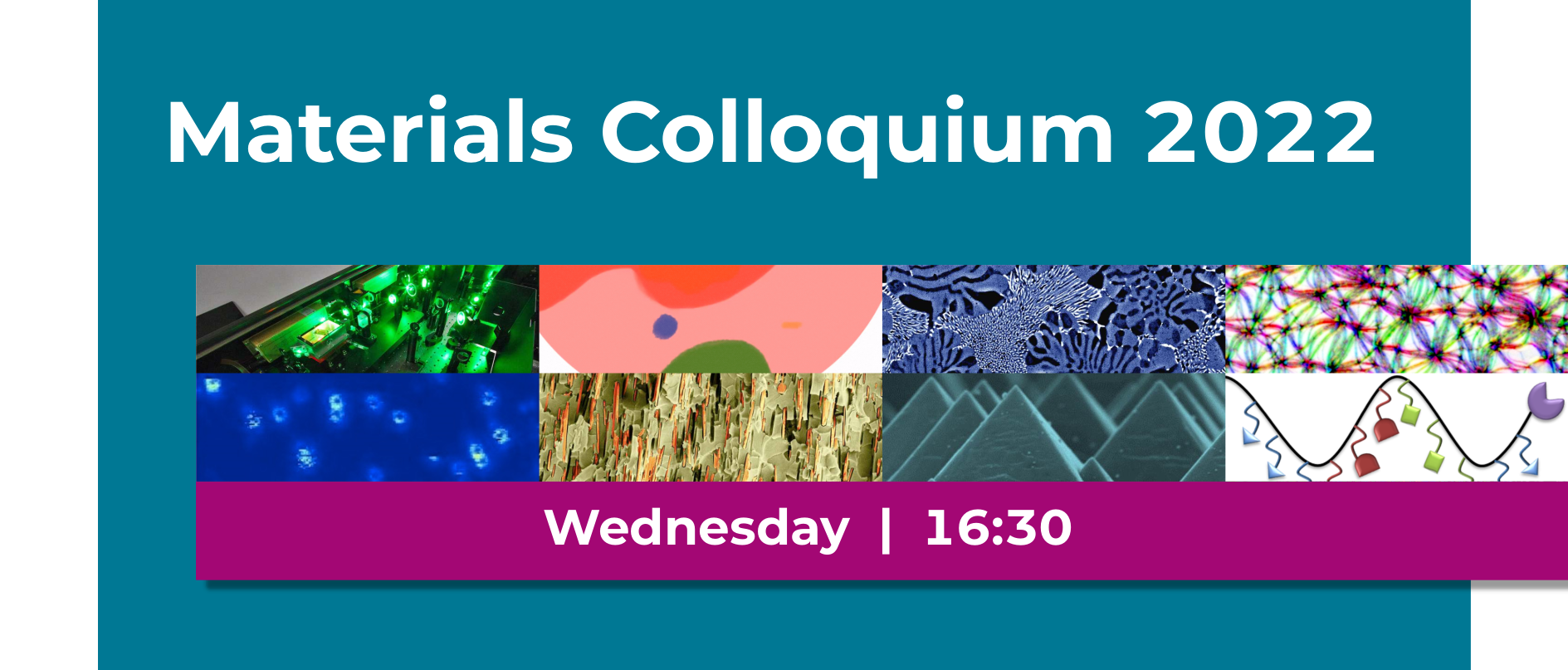In-person in HCI J 4 or on Zoom: https://ethz.zoom.us/j/68765823059
Sodium ion batteries: Opportunities and challenges
Eldho Edison (Multifunctional Materials — D-MATL)
Among the existing energy storage technologies, lithium-ion batteries (LIBs) have unmatched energy density and versatility. From the time of their first commercialization in 1991, the growth in LIBs has been driven by portable devices. In recent years, however, large-scale electric vehicle and stationary applications have emerged. These large-scale applications have put unprecedented pressure on the LIB value chain, resulting in the need for alternative energy storage chemistries.
The Sodium-ion battery (SIB) chemistry is one of the most promising “beyond-lithium” energy storage technologies. In this talk, the technological evolutions of both LIBs and SIBs, the key differences/similarities between the two battery chemistries and the prospects and challenges for the commercialization of SIBs will be presented. The research progress and the challenges of high-capacity alloying anodes for Sodium-ion batteries will be discussed.
Magnetic vortices: into the third dimension
Sebastian Gliga (Laboratory for Condensed Matter — PSI)
Vortices are familiar phenomena in fluids and gases, apparent for example in tornadoes, hurricanes, and whirlpools. Vortices also exist in ferromagnets, where they are characterized by a circulating in-plane magnetization structure. The resulting pattern leads to a very stable state whose study is motivated by both fundamental and technological interest.
Over the past decades, vortices have been extensively studied in thin-film structures, where the magnetization is accessible with two-dimensional imaging methods. Recently, the development of X-ray based magnetic nanotomography with a spatial resolution of 100 nm has enabled the non-destructive imaging of bulk magnetic structures. We have uncovered three-dimensional structures forming vortex loops corresponding to magnetic vorticity rings that are formally analogous to hydrodynamic vortex rings in fluids. Remarkably, we have also observed structures that have no counterparts in incompressible fluids: stable vortex loops intersected by magnetic singularities.
While vortices have been studied in bulk magnets since at least the 1970s, our results shed new light onto their rich physics and open possibilities for further studies of complex three-dimensional solitons, enabling the development of applications based on three-dimensional magnetic structures.
